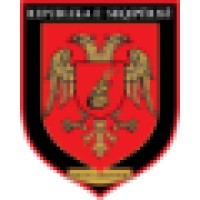
Swedish Armed Forces
The Swedish Armed Forces is one of the biggest authorities in Sweden and is headed by a Supreme Commander. The deputy leader of the authority is the Director General. As the only authority permitted to engage in armed combat, the Swedish Armed Forces are Sweden’s ultimate security policy resource. The Armed Forces are therefore always prepared to carry out international missions, assert Sweden’s national integrity and support Swedish society in major crises. To enable Sweden to maintain its freedom of action in terms of its security policy, the Armed Forces are continuously developing capabilities that can meet future requirements. The Swedish Armed Forces is subject to the Swedish parliament and the Swedish government. As an authority we are governed by laws and regulations passed by them and they also determine the budget we receive. Swedish citizenship is a requirement for joining the Swedish Armed Forces. At present this applies to both military and civilian service.






